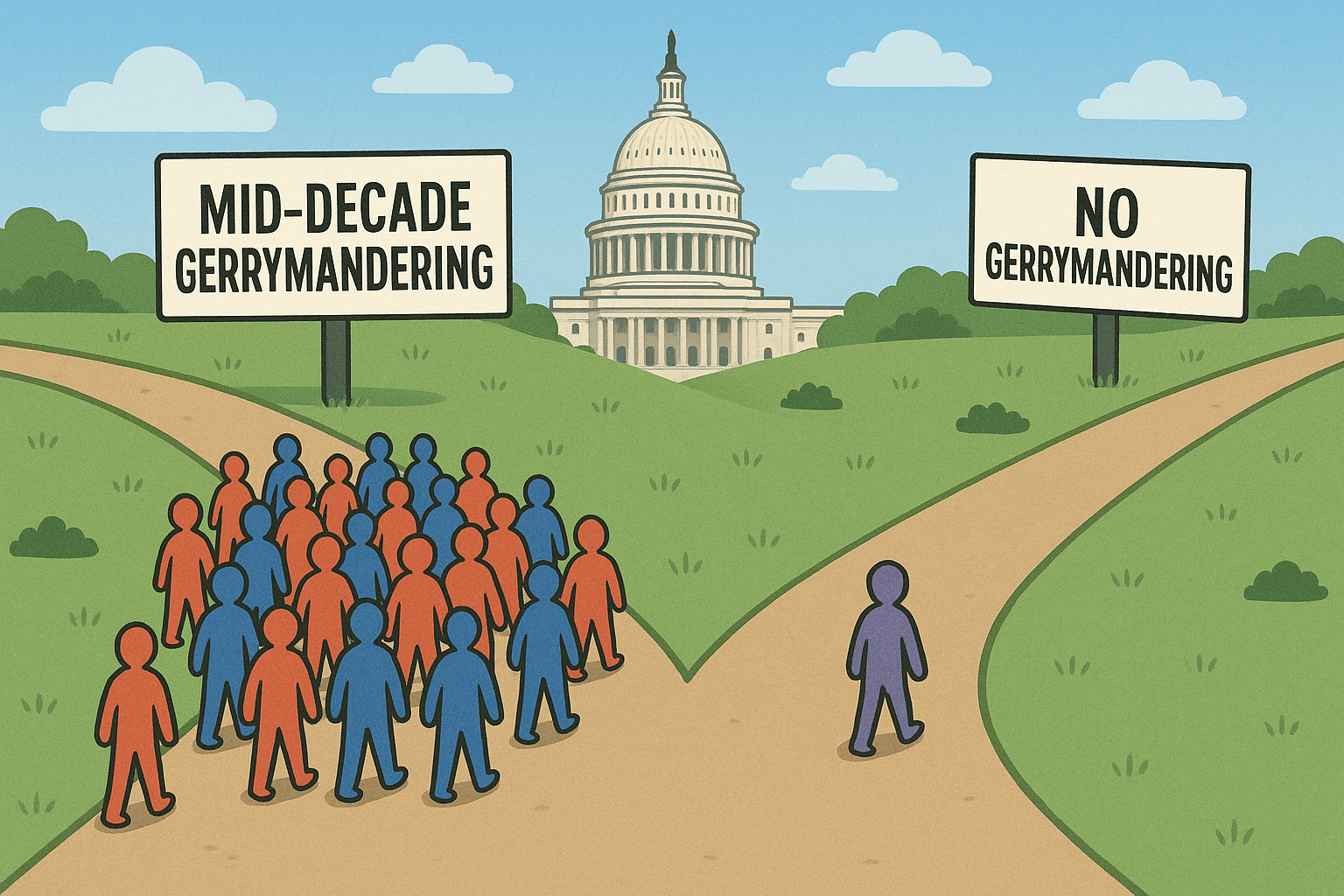Ohio Issue 2 Results Show Defeat of Redistricting Reform


Ohio Issue 2 results show an overwhelming defeat on Tuesday, with voters opposing the redistricting attempts by a 64-36 percent margin. If passed, Ohio Issue 2 would have changed the process for redistricting state legislative and congressional maps by amending the Ohio Constitution. Issue 2 aimed to prevent elected officials from sitting on the redistricting commission and proposed an independently commissioned panel.
The failure of Issue 2 to pass comes as a victory to the Republican party, which raised millions in order to defeat the proposal. Polls leading into the election showed support lagging, with 37% in support and 48% of voters opposed. Among those polled, Independents opposed the issue by a 47 to 41 margin, previously reported by IVN.
Spokesman for the opposition group, Carlo LoParo said of the proposal,
“The voters concluded that Issue 2 was too complex, too confusing and not quite the solution to reform redistricting that it was touted to be." He continued, “While the supporters of Issue 2 certainly had noble intentions, when they actually crafted the amendment, they allowed it to be bogged down in a complicated process that really had no place in the constitution.”
Despite defeat, proponents of redistricting in the state have already expressed desire to continue talks on the issue and the need for independent solutions to the issue of district lines in the state.
In the wake of Obama's Ohio victory, backers of Issue 2 argue that Ohio's district lines heavily influenced the outcome of the presidential race and congressional, state Senate, and House races. The races won, the coalition in support of redistricting noted, were won by the party favored in the district's political index. Catherine Turcer, chairwoman of Voters First explains,
“Once again, Ohio’s near equal number of Democrats and Republicans made it the most coveted prize for both President Obama and Gov. Romney…But when one compares the results of Ohio congressional, state Senate and state House races, Ohio incorrectly appears to be a Republican-dominated state.”
Under the current system, US House maps are drawn by the state Legislature, while legislative districts are decided by the Ohio Appointment Board. Attempts to change the system have failed five times in the last century, despite joint complaints about the redistricting system. The issue will likely be a focal point at this year's Impact Ohio Post Election Conference, held every two years after the election.


